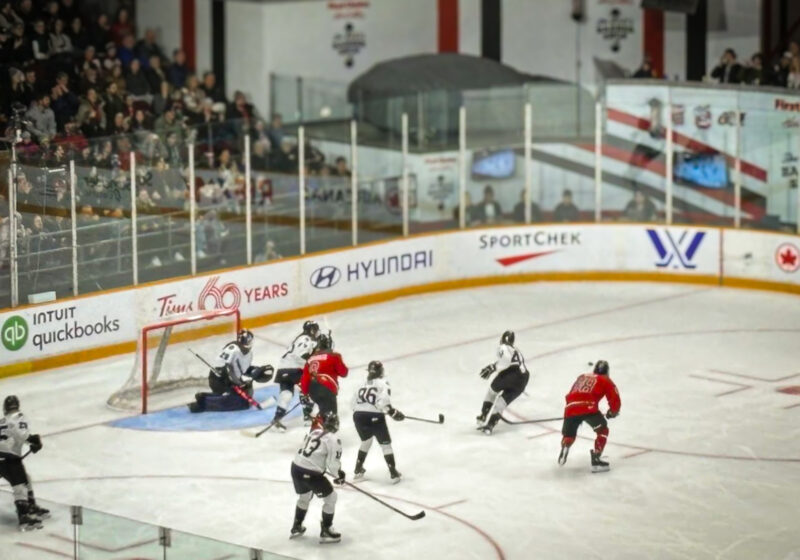“It seems extremely homoerotic.” “He was gay in real life, wasn’t he?” “It didn’t mean the same thing then.” How many times have these phrases been uttered in class and in film? While they’ve become almost tiresome, they exhibit the remarkable pervasiveness of queer theory in media studies. Perhaps it is the fact I just recently finished watching four seasons of “Queer as Folk” in less than a month, but for whatever reason, I’ve become increasingly sensitive to issues of homosexuality in various forms of media. Generally, there seems to be an overall misuse of such terms in media theory. There is a difference between homosociality, homoeroticism, homosexuality and femininity. In fact, I had never even heard of the term “homosocial” until studying Chinese film, in which the relationship between men on screen raised more Americans’ eyebrows than those of the Chinese. However blurry the lines may be, they do exist, and equating one with another, especially homosexuality and femininity – in the case of the gay male – is unfair. One must consider the greater question of how femininity has been constructed and whether or not one can compare one concept of artifice – the idea of the feminine – with another – the media’s representation of the homosexual male. One might wonder, too, why the lesbian is left out of so much media discussion. Queer theorists have the luxury of time. As contemporary viewers, we can now look back with a queer eye on films such as “Some Like it Hot,” “Thelma and Louise” and other “buddy movies,” or films with gay actors, such as Rock Hudson. It is impossible to determine the intent of the filmmakers at the time. Are the films subversive? Or is queer theory a load of bullshit? Whether or not the films were intended to be sexually ambiguous is not the issue. The greater issue is that they are now.What’s most intriguing in discussing such theories, especially with peers, is not necessarily the treasure hunt to find gay moments, but people’s unwillingness to see them – the moments with which they are unfamiliar. Especially in issues of queer theory, while one may see a level of homoeroticism within a piece, another may argue that it doesn’t exist.It may not exist for some, but to refuse to entertain another perspective is complete close-mindedness and hinders discussion and progress. Is it that some are afraid to see it? Are some just trying to “be different” by arguing a different point? Or perhaps, some just aren’t exposed to other lifestyles that will allow them to think differently? If heterosexual white males had been made invisible for the majority of film history, would they too try to see themselves on screen any way they could? Is queer theory just a willing of visible moments that don’t really exist? While I don’t believe so, I can’t say for sure. It’s just a theory.Reyhani can be reached at mreyhani@campustimes.org.
culture
Teddy’s Travels: Ithaca, NY
Obviously, every ‘Teddy’s Travels’ needs adventure, and after our unremarkable stay in Ithaca, I began to wonder if perhaps we would break the streak.
Op-Eds
PWHL helped me “get” sports
I’ve never really been someone who enjoys or even understands sports. At least, not until I attended my first PWHL hockey game.
2024 Presidential Election
Notes by Nadia: I’m disappointed in this country
I always knew misogyny existed in our country, but I never knew it was to the extent that Americans would pick a rapist and convicted felon as president over a smart, educated, and highly qualified woman.



